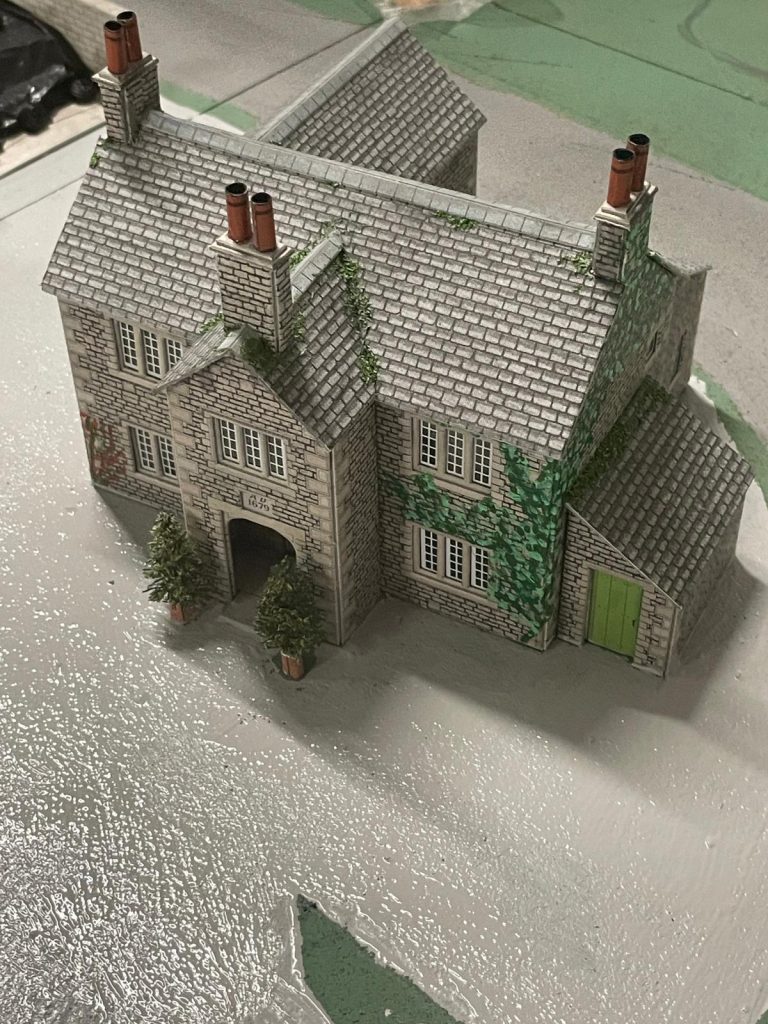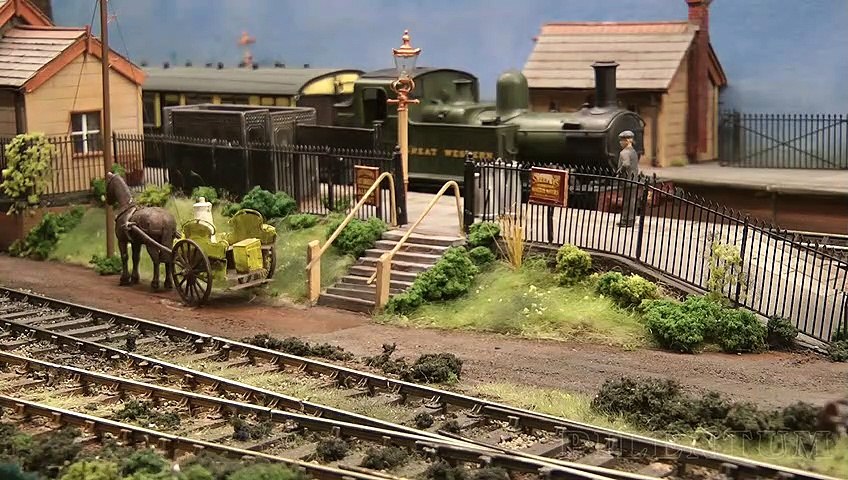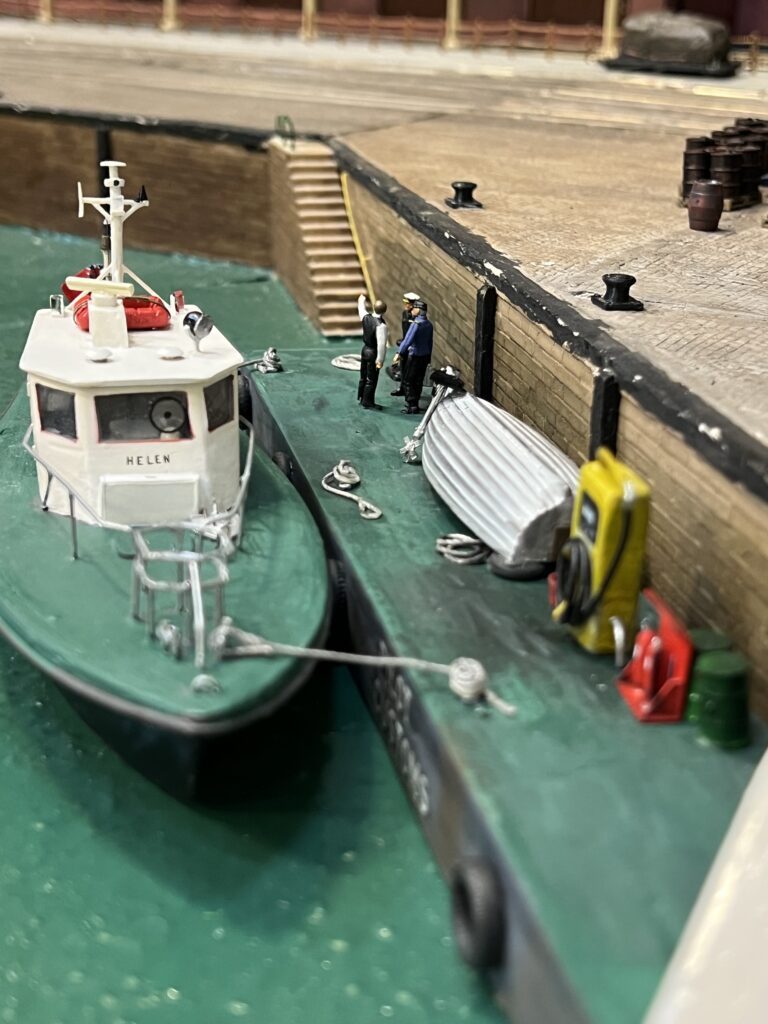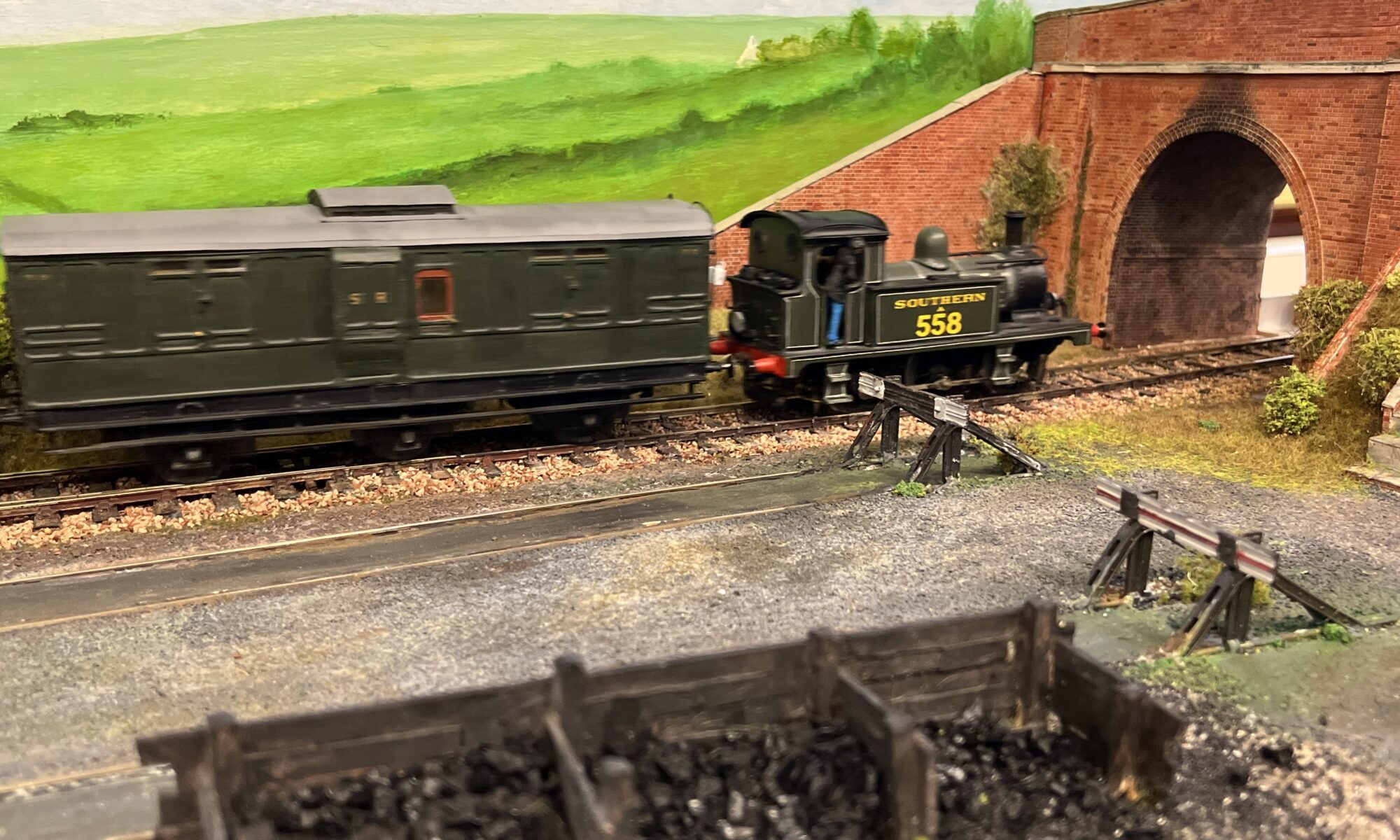Model railways have captivated hobbyists and enthusiasts for generations, allowing them to bring their miniature worlds to life. One of the most exciting and creative aspects of building model railways is crafting the scenery surrounding the tracks. The scenery is crucial in transporting viewers into a different time and place, creating a sense of realism and immersion. Here we will explore the art of scenery creation on model railways, including the top five tips for achieving stunning results. We will also suggest some of the most exciting scenes to portray, further enhancing the magic of miniature railroads.

The Art of Scenery Creation:
Model railway scenery is more than mere decoration; it is an art form involving storytelling, craftsmanship, and an understanding of the natural world. Every well-executed scenery can transport viewers into a different time, place, or alternate reality, evoking emotions and igniting their imagination. To truly master the art of scenery creation, one must embrace a blend of technical skill, artistic flair, and an appreciation for the world’s beauty.
Storytelling through Scenery
Scenery is not just about replicating the physical aspects of a particular location; it is about conveying a narrative, a snapshot of life frozen in time. It’s an opportunity for the modeller to share a story with the viewers. The scene may depict a historical moment, a memorable event, or an everyday occurrence that evokes nostalgia or sparks curiosity. From a bustling railway station during the golden age of travel to a peaceful rural landscape with a solitary farmhouse, the scenery should reflect the chosen era and setting.
To effectively convey the narrative, the modeller must consider the subtle details that add depth and context to the scene. For instance, if recreating a World War II-era railway station, the set may include soldiers waiting for trains or families saying emotional farewells. These small touches breathe life into the diorama and help the viewers connect with the miniature world on an emotional level.

Incorporating Realism and Imagination
Striking the balance between realism and imagination is a hallmark of exceptional scenery creation. While it is essential to replicate real-world elements accurately, adding a touch of creativity can elevate the scene beyond a simple replica. Modellers often blend historical accuracy with creative liberties to craft believable and captivating locations.
Incorporating realistic details like weathered buildings, authentic period-specific vehicles, and appropriate vegetation is crucial. Techniques like weathering and detailing add character to structures and rolling stock, making them appear well-worn and used. Rust, peeling paint, and wear-and-tear effects give the impression of a world that has lived through time.
Additionally, introducing imaginative elements such as hidden surprises, whimsical characters, or fantastical landscapes can make the scenery memorable. A tiny, hidden wizard living in a tree or a UFO peeking out from behind the mountains can surprise and delight observant viewers.
Artistry in Terrain Building
The terrain forms the foundation of the scenery, and its construction is where the modeller’s artistry truly shines. To create a realistic landscape, one must study the natural world’s geology and understand how erosion, weathering, and deposition shape the land over time.
Sculpting the terrain involves using plaster, foam, or sculpting compounds to create the desired shapes and contours. A skilled modeller can blend these materials seamlessly, ensuring the landscape flows naturally and without abrupt transitions.
Choosing appropriate colours and textures is essential in terrain building. Earth tones, grassy greens, and realistic water effects contribute to the sense of authenticity. Special attention must be given to blending different terrain elements, such as merging grasslands into rocky hills or seamlessly integrating a river into the landscape.
Capturing Atmospheric Elements
Incredible scenery creation also involves capturing the atmosphere and mood of the scene. The play of light and shadows, time of day, and weather conditions influence the ambience significantly. A modeller can achieve these effects through carefully placed lighting, painting techniques, and transparent materials.
The manipulation of light can create dramatic scenes, such as a sunset casting long shadows across the railway tracks or the warm glow of streetlights illuminating a nighttime cityscape. Fog or mist effects add a touch of mystery and depth to the scene, while changing the lighting can shift the mood from cheerful to sombre.
Continual Learning and Evolution
The art of scenery creation is a journey of continuous learning and evolution. Modellers can enhance their skills by studying the works of experienced artists, attending workshops, or participating in online communities where they can share ideas and receive feedback. Experimenting with new techniques, materials, and styles keeps the passion for the hobby alive. It encourages the creation of ever more captivating scenes.
In conclusion, the art of scenery creation on model railways goes far beyond the assembly of miniature elements. It is a harmonious blend of storytelling, technical craftsmanship, imagination, and an appreciation for the natural world. A well-executed scene can capture the hearts and minds of viewers, transporting them to a different time and place, sparking curiosity, and inspiring their imagination. Through dedication, creativity, and a willingness to learn, modellers can unlock the magic of scenery creation and elevate their miniature worlds to new heights of wonder and realism.

Top 5 Tips for Good Scenery Creation
1. Research and Planning: Conduct thorough research on the specific time period and location you wish to recreate before diving into building the scenery. Understand that era’s geography, architecture, vegetation, and cultural elements. Plan your layout carefully, considering the tracks’ flow, viewing angles, and focal points.
2. Layering and Depth: Create depth in your scenery using different layers. Foreground elements like trees and buildings will be more extensive and detailed. In contrast, background elements may be more generic and subtle. This layering effect adds realism and draws the viewer’s eye into the scene.
3. Realistic Terrain: Pay close attention to the terrain features like hills, valleys, and rivers. Use materials such as plaster, foam, or sculpting compounds to shape the landscape realistically. Apply suitable colours and textures to represent soil, rocks, and vegetation. Blend the elements to achieve a seamless transition between different terrains.
4. Weathering and Detailing: To make the scenery appear authentic, weathering is essential. Ageing structures, adding rust and grime to trains, and distressing landscapes will add character to your model. Pay attention to small details like streetlights, road signs, and people, as they contribute significantly to the overall realism of the scene.
5. Balance and Focus: Achieve balance in your scenery to avoid overwhelming the viewer’s eyes. Consider the rule of thirds when positioning key elements in the scene. Additionally, create a focal point that draws attention and tells a story. This could be a bustling train station, a beautiful landscape feature, or a historical event recreated in miniature.
Interesting Scenes to Portray
1. Industrial Revolution Era: Recreate the transformative period of the industrial revolution with bustling factories, smoke-belching steam engines, and an urban landscape evolving rapidly.
2. Wild West Frontier: Craft a Wild West scene with dusty towns, saloons, bandits, and steam locomotives chugging through the rugged wilderness.
3. Mountainous Terrain: Depict a mountainous region with cliffs, cascading waterfalls, and a meandering railway line that conquers the challenging landscape.
4. Seaside Village: Create a charming seaside village with a quaint coastal town, a fishing port, and a train running along the picturesque coastline.
The art of scenery creation on model railways is an exciting journey that requires research, creativity, and attention to detail. Following the top five tips, you can create breathtaking scenes that transport viewers into miniature worlds full of realism and wonder. Whether you recreate historical eras or delve into the realm of fantasy, the possibilities are limitless. So, grab your modelling tools, let your imagination run wild, and embark on the captivating adventure of building scenic masterpieces for your model railway. Happy modelling!



